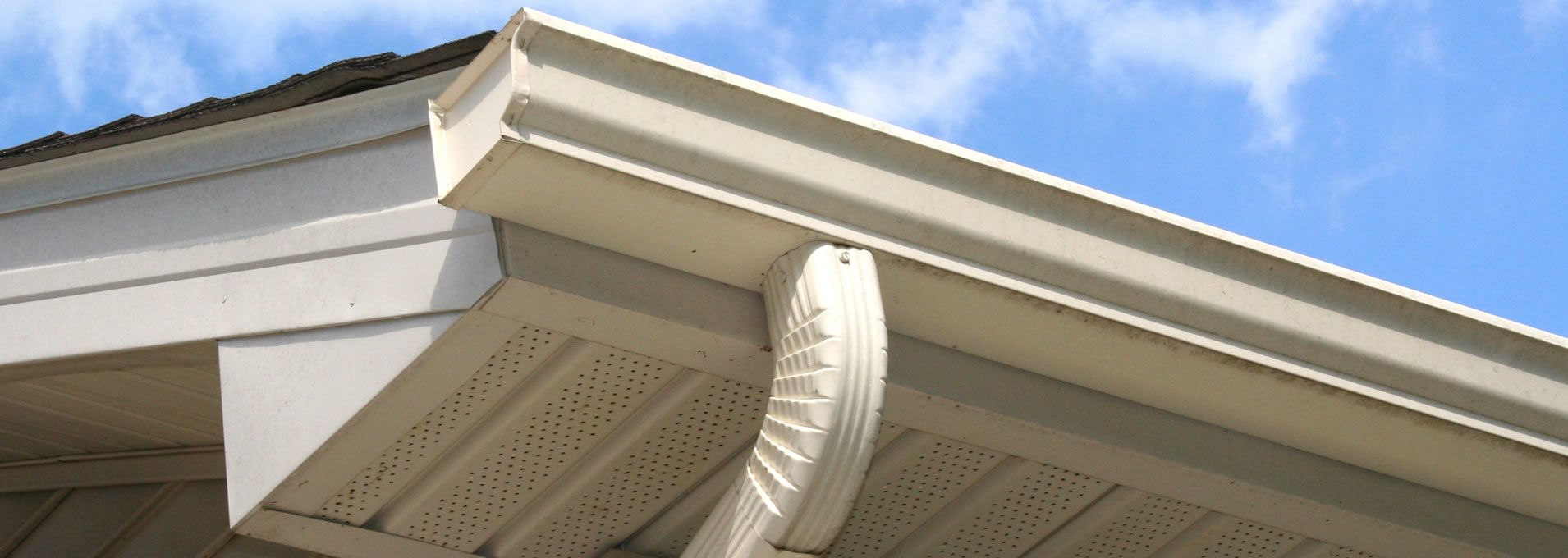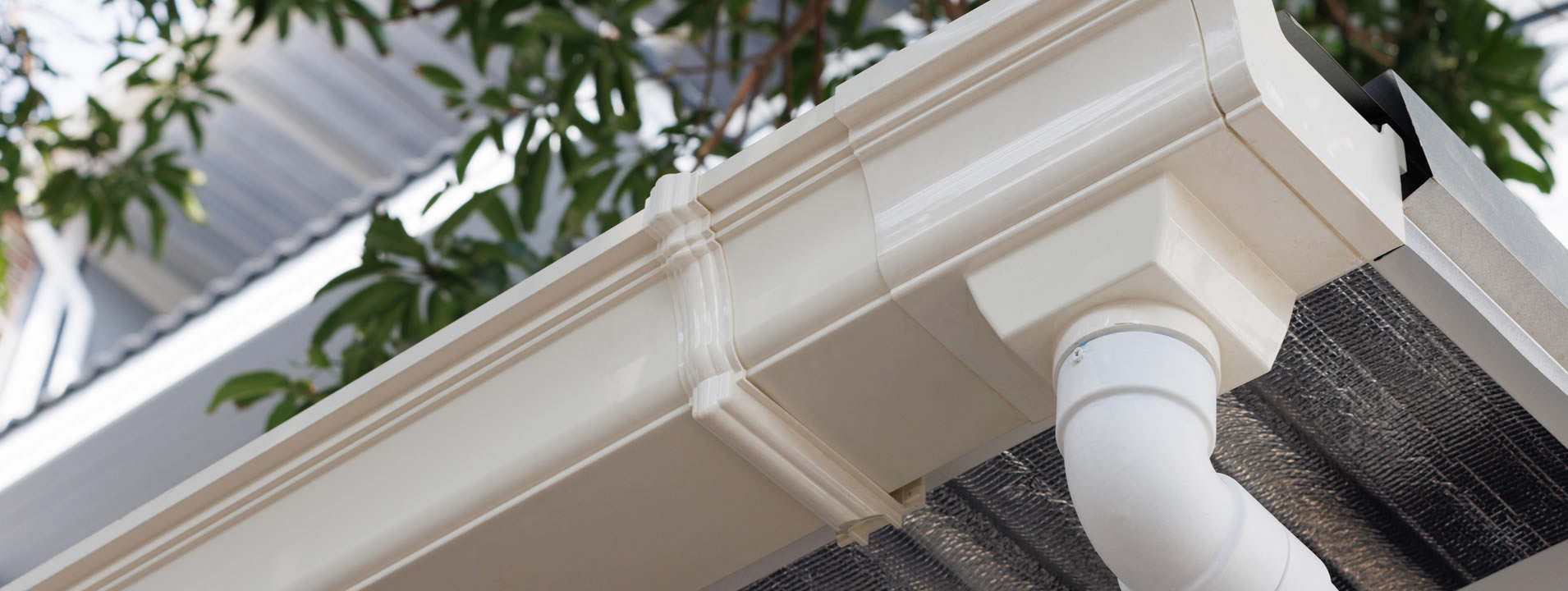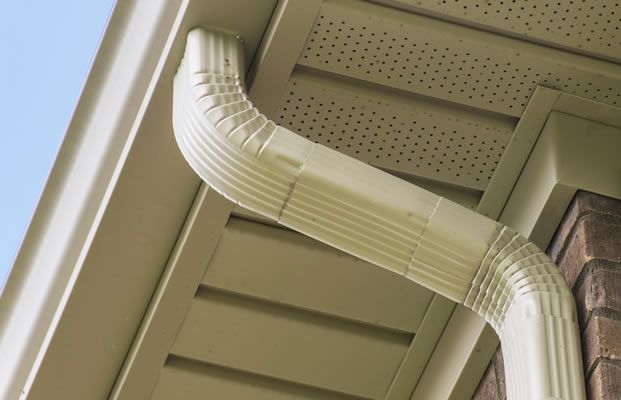
DIY – How to Install Gutters
We often overlook gutters until something goes wrong, but they are an important feature to protect the structural integrity of your home. If the gutters around your house need replacement and you’re thinking of doing the job yourself, there is plenty to consider. Some of the main factors include gutter size, overflow capacity, gutter pitch, local rainfall capacity and downspout considerations.
Getting the gutter pitch right
A gutter pitch is basically when they are angled towards the downspouts on your property to enable a proper flow of rain water into the stormwater drainage system. This prevents water from standing on your roof gutters and causing problems down the track. As a general rule, the end opposite the downspout should be the highest point of the gutter so that the water flows in the right direction towards the drainage. If pitched incorrectly, water will stand in the gutter.
The excess weight will cause excess damage to the gutter and result in premature replacement. Worse still, leaking water could ultimately damage the structural integrity of your home. The gutter pitch angle is not an easy one to achieve for the untrained homeowner, when many professionals get it wrong too. At The Gutter Pros, we have installed hundreds of gutters and know exactly what to do – getting it right the first time.
Measuring the length of the roof
Gutters should run along the entire length of the roof and should be attached to the fascia. If the roof is long, then it should pitch down from the middle towards downspouts at each end. If the gutter is not too long, then it can slope down from one end to another – towards a single downspout.
When measuring the roof, remember to practice ladder safety to avoid any unnecessary risks and injuries. Make sure you have the right shoes and protective equipment to minimize the chance of a fall.

Choosing the gutter size
The gutter size will depend on your roof size. For standard roof planes between 600 and 800 square feet, you can probably choose a regular 5-inch gutter but if you have a larger plane, then you will need bigger gutters to handle the rainfall. We have often come across homes with overflowing water due to undersized gutters. This is often for various reasons – either the builder tried to cut costs and installed an undersized system or the rainfall has increased over time.
As a general rule, the 6-inch gutters can hold more water capacity and may be ideal for those with larger properties. Again, this can be difficult for homeowners to judge on their own, which is where an experienced professional can make all the difference.
Cut downspout holes
 Once you have sized up your gutters based on capacity and roof length, it is now time to consider where the downspout outlets are going to go. Again, another rule of thumb requires the downspout hole to be created at the lowest end of the gutter angle so that water can freely flow through and into the drainage system. Drill a hole through the gutter so that there is enough space to place the pipe. To do this job, you will likely need a hole saw or hammer and chisel.
Once you have sized up your gutters based on capacity and roof length, it is now time to consider where the downspout outlets are going to go. Again, another rule of thumb requires the downspout hole to be created at the lowest end of the gutter angle so that water can freely flow through and into the drainage system. Drill a hole through the gutter so that there is enough space to place the pipe. To do this job, you will likely need a hole saw or hammer and chisel.
Installing a gutter is no mean feat. These small tips don’t even begin to scratch the surface when it comes to gutter installation accuracy. Getting it wrong can have devastating consequences in the long run, which is why it is always best to hire the professionals from the word go so you are not left between a rock and a hard place trying to unfix a mistake. For all your gutter installation needs, call The Gutter Pros today. We have the skill, tools and knowhow to install your gutters, offering competitive prices and excellent finishes – giving you complete peace of mind knowing you have a reliable team.